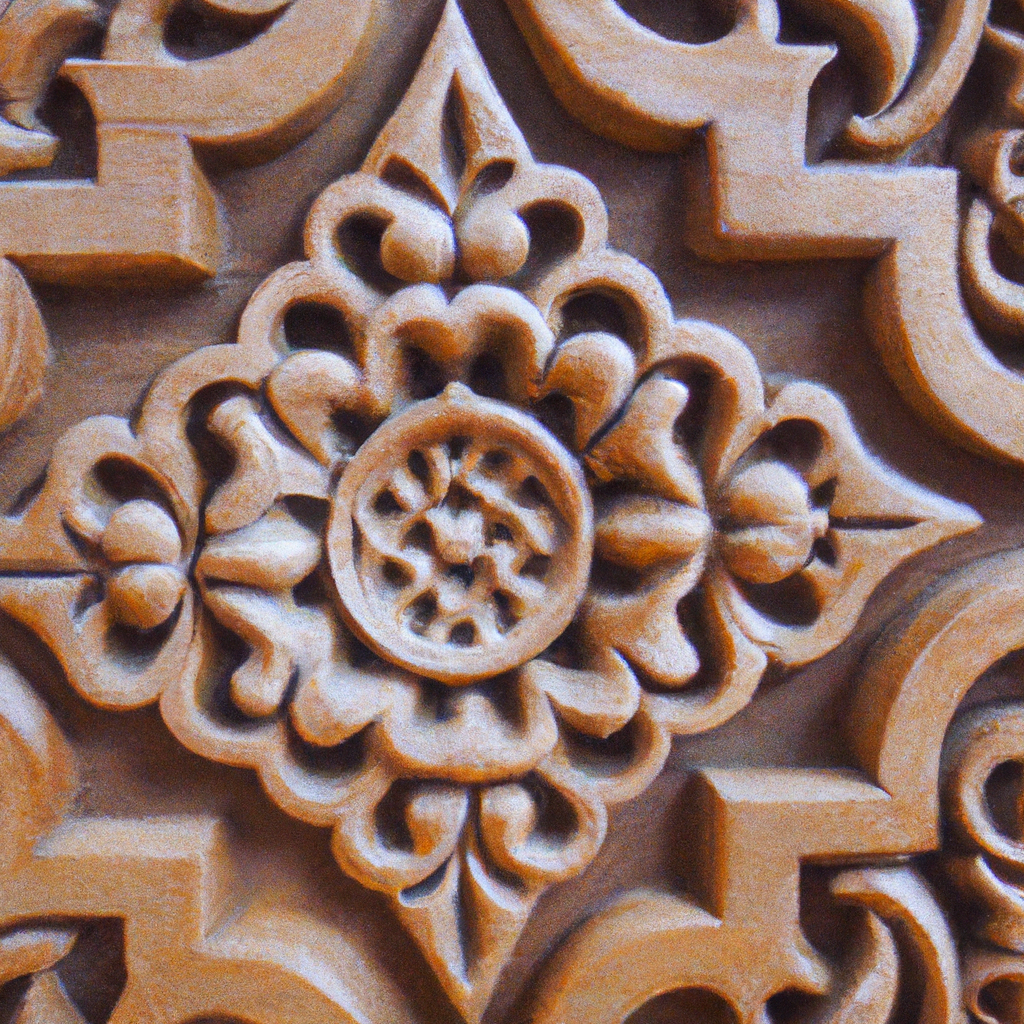The Art of Building: Reviving Craftsmanship Techniques in Modern Architecture

The Essence of Craftsmanship
As the sun begins to rise, it gently illuminates the intricate stone masonry on the façade of an old historical building. Every carved detail, every chiseled line speaks volumes about the skill, patience, and dedication of the artisan who breathed life into an otherwise inanimate object. This is the essence of craftsmanship, a practice that has been somewhat overshadowed by the wave of modernity in architecture. But it’s time to dust off these traditional techniques and let them shine again in contemporary architectural projects.
The Artistry and Cultural Identity in Craftsmanship
Craftsmanship in architecture is more than just a method of construction. It’s an art form, an expression of cultural identity, and a testament to the value of time and human skill. It’s the silent poetry of built form, the melody that resonates in the architectural symphony. In this era of rapid prototyping and 3D printing, the importance of craftsmanship techniques in architecture might seem diminished, but that’s far from the truth.
Integration of Craftsmanship in Modern Designs
Architects and designers worldwide are finding inspiration in traditional craftsmanship techniques, integrating them into their projects in innovative ways. From the application of Japanese ‘Shou Sugi Ban’ for wood preservation to the Italian ‘Sgraffito’ in wall decoration, these practices are breathing life into modern designs, making them stand out in the urban jungle.
Blending Old and New: The Palais de Tokyo Renovation
Now, let’s delve into some specific examples of how these techniques are being applied in architectural projects around the globe. The transformation of the Palais de Tokyo in Paris by Lacaton & Vassal architects is a classic example of blending old and new. They retained the original craftsmanship of the building, juxtaposing it with modern materials and construction techniques. The result was a building that, despite being renovated, continued to evoke a sense of history and charm.
Mysticism and Cultural Relevance: The Aga Khan Museum
Similarly, the intricacies of Islamic Geometric Design were brought to life in the Aga Khan Museum in Toronto by Fumihiko Maki. The incorporation of the meticulous craftsmanship technique in the design added an element of mysticism and cultural relevance to the museum, making it more than just a physical structure.
Award-Winning Architectural Marvel: The Mapungubwe Interpretation Centre
And let’s not forget the undulating brickwork in the Mapungubwe Interpretation Centre in South Africa. Here, Peter Rich Architects employed the ancient method of Timbrel Vaulting, using local labor and resources. The result was an architectural marvel that not only resonated with the local community but also won the World Building of the Year award in 2009.
Practical Benefits and Sustainability
And yet, it’s not just about aesthetics. These techniques also offer practical benefits. For instance, the vernacular technique of Rammed Earth construction, used by Rick Joy in his desert houses in Arizona, provides excellent thermal mass, reducing the need for artificial heating and cooling.
Moreover, these craftsmanship techniques often involve using locally sourced materials, which aligns with the growing emphasis on sustainable and low-impact architecture. This was evident in the design of the METI School in Bangladesh by Anna Heringer, where local bamboo and mud were used, promoting local industry and reducing carbon footprint.
Craftsmanship: A Valuable Tool for the Future
In essence, these techniques are not just relics of the past, but valuable tools for the future. They can enhance the aesthetic and functional value of our built environment, promote sustainability, and create a deep sense of connection to our cultural roots.
Celebrating the Unsung Heroes
As the architectural landscape continues to evolve, it’s crucial to remember that at the core of every significant design, there is a master artisan, a craftsman. The beauty lies not just in the grand vision of the architect, but in the subtle craftsmanship that brings that vision to life. It’s about time we celebrated these unsung heroes of architecture, appreciating their skills and integrating their techniques into our modern architectural narrative.
In conclusion, reviving craftsmanship techniques in modern architecture is a way to honor tradition, preserve cultural identity, and create unique and meaningful spaces. By embracing the artistry, skill, and sustainability inherent in these techniques, architects and designers can create buildings that stand the test of time and resonate with the human spirit. Let us embrace the art of building and revive the craftsmanship that enriches our architectural heritage.





